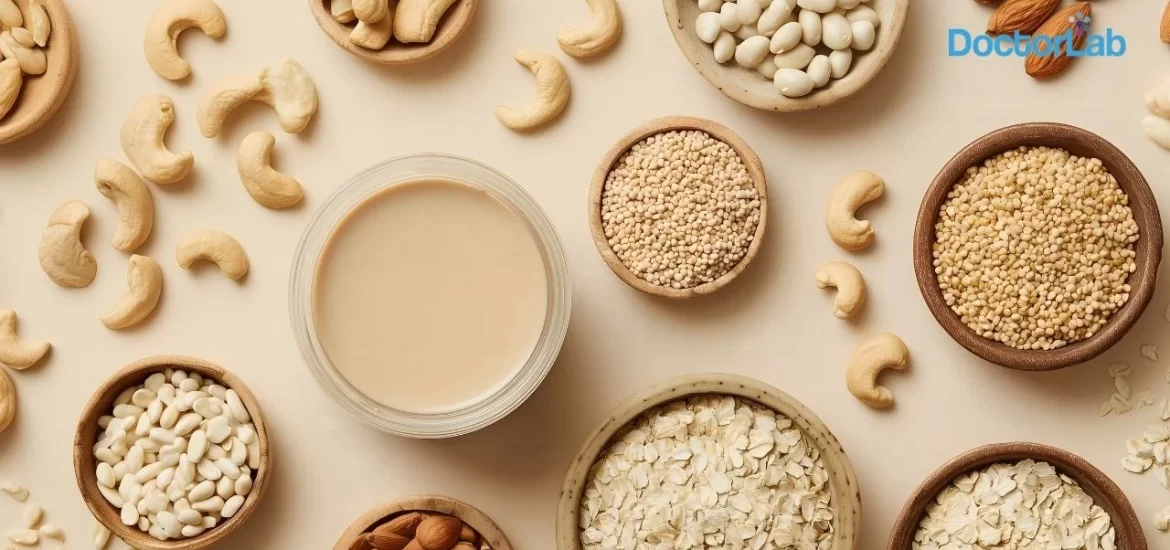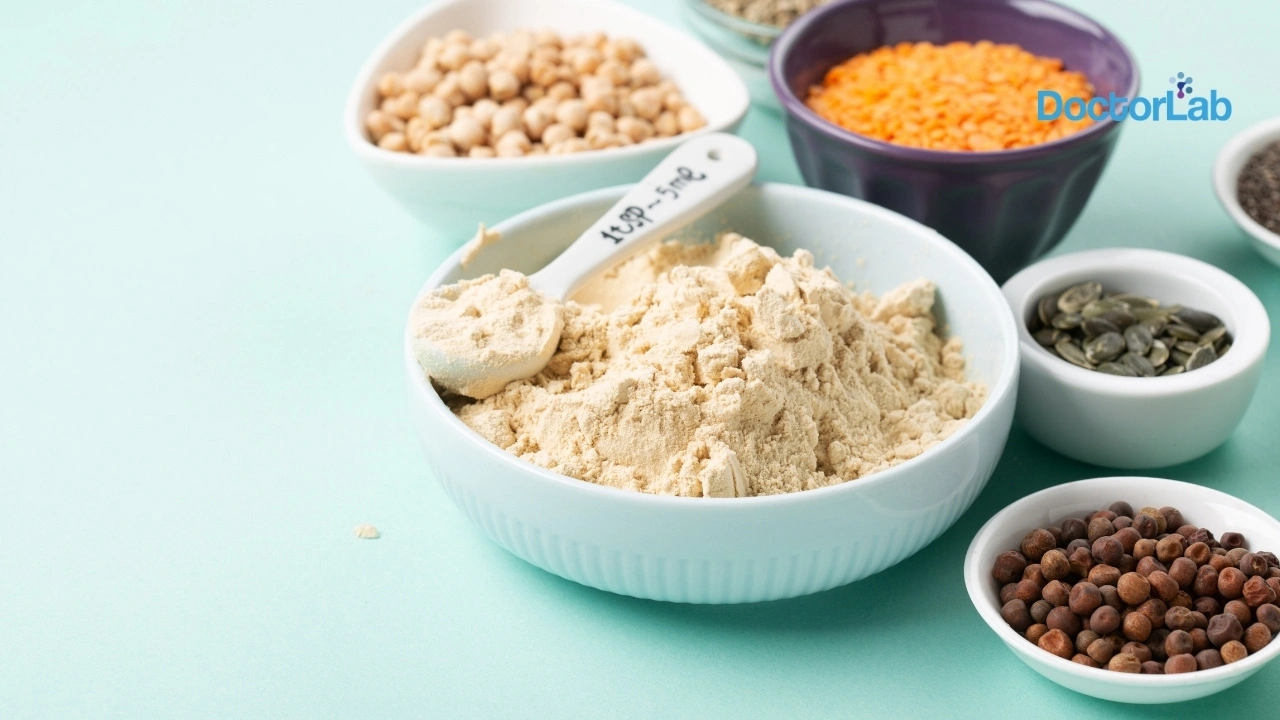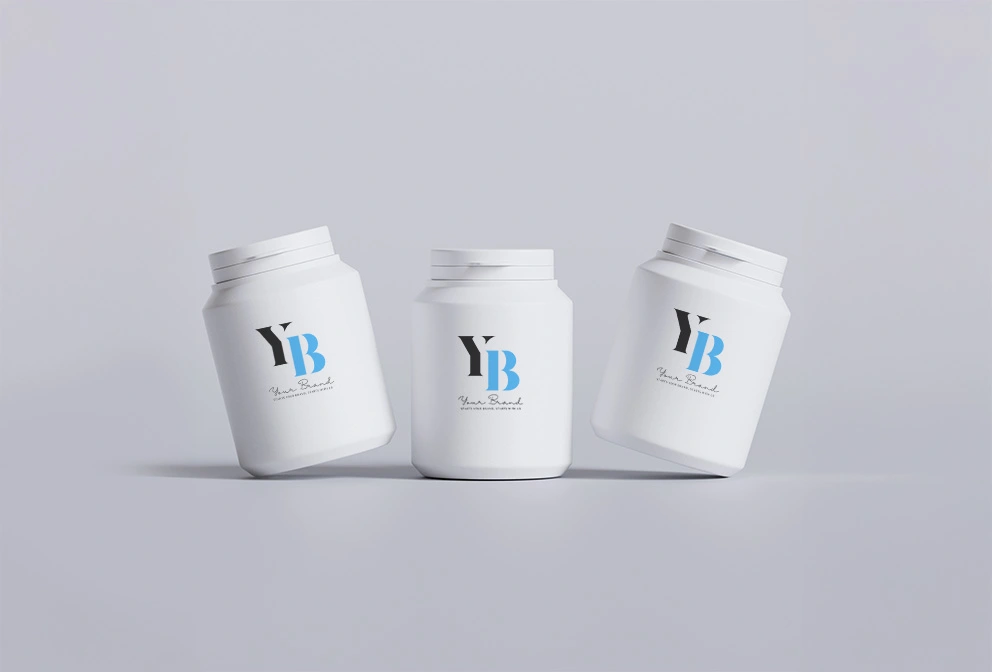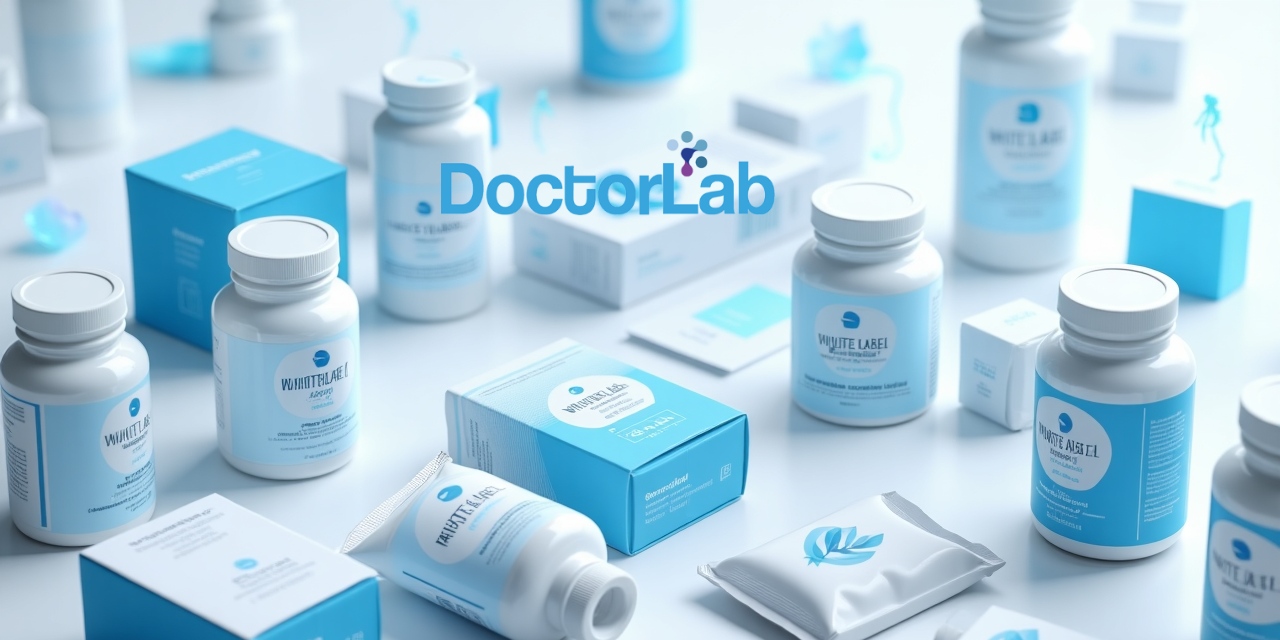In a world increasingly leaning towards healthier lifestyles, the quest for nutritious and sustainable food options has never been more crucial. Enter plant-based protein—a powerhouse that not only fuels your body but also champions environmental wellness. Gone are the days when protein was solely synonymous with meat; today, a vibrant array of plant-derived sources is redefining how we perceive protein intake. From legumes bursting with flavor to nuts that provide a satisfying crunch, the options are bountiful and delicious. In this article, we’ll explore ten amazing sources of plant-based protein that will invigorate your meals, support your fitness goals, and nourish your body. Whether you’re a seasoned vegan or simply looking to incorporate more plant foods into your diet, these protein-packed delights will help you unlock the full potential of a healthy lifestyle. Join us on this culinary journey to discover how easy and enjoyable it is to fuel your body with the goodness of plants.
Understanding Plant-Based Protein: What It Is and Why It Matters
As more people become conscious of their health and the environment, plant-based protein has emerged as a critical dietary component. But what exactly is plant-based protein, and why does it matter? Simply put, plant-based protein is derived from plants rather than animals. Common sources include legumes, nuts, seeds, grains, and vegetables. Unlike animal protein, which is often accompanied by saturated fats and cholesterol, plant-based protein is typically lower in unhealthy fats and higher in essential nutrients like fiber, vitamins, and antioxidants.
The importance of plant-based protein extends beyond individual health benefits. Consuming more plant-based protein contributes to reduced greenhouse gas emissions, diminished deforestation, and less water usage compared to animal farming. By opting for plant-based sources, you are supporting sustainable agricultural practices that benefit both the planet and future generations. Moreover, the versatility of plant-based protein means that it can be incorporated into a wide range of culinary traditions, making it easier to adopt a more sustainable diet without sacrificing flavor or variety.
Understanding the nutritional composition of plant-based protein is also crucial. While some people worry about not getting enough protein from plants, numerous studies have shown that a well-planned plant-based diet can meet all your protein needs. Plant proteins contain varying amino acid profiles, and by combining different sources, such as beans and grains, you can ensure that you’re getting a complete array of essential amino acids for optimal health. This makes plant-based protein not only a viable alternative to animal protein but often a superior choice in terms of overall nutritional benefit.
The Health Benefits of Incorporating Plant-Based Protein
Incorporating plant-based protein into your diet can lead to a multitude of health benefits. One of the most significant advantages is improved heart health. Diets rich in plant-based proteins tend to be lower in saturated fats and cholesterol, both of which are major contributors to heart disease. Studies have shown that individuals who consume more plant-based foods often have lower blood pressure, reduced cholesterol levels, and decreased risk of cardiovascular diseases. These benefits are not just limited to vegetarians or vegans; even those who consume moderate amounts of plant-based proteins can experience significant heart health improvements.
Another major health benefit of plant-based protein is its role in weight management. Plant-based foods are generally lower in calories and higher in fiber compared to animal-based products. This means that you can enjoy larger portions without consuming excess calories, which is essential for maintaining a healthy weight. Fiber also promotes satiety, helping you feel full for longer periods and reducing the likelihood of overeating. This is particularly beneficial for those looking to lose weight or prevent weight gain, as it helps to naturally control appetite and support a balanced diet.
Furthermore, plant-based proteins are packed with essential nutrients that support overall health. They are excellent sources of vitamins, minerals, and antioxidants, which play crucial roles in maintaining bodily functions and preventing chronic diseases. For instance, legumes are rich in iron and folate, nuts and seeds provide healthy fats and vitamin E, and leafy greens are loaded with calcium and vitamin K. These nutrients not only bolster your immune system but also support bone health, brain function, and skin health. By diversifying your protein sources with plant-based options, you can ensure that your body receives a wide range of nutrients necessary for optimal health.
Top 10 Delicious Sources of Plant-Based Protein
Exploring the world of plant-based protein can be both exciting and rewarding. Here are ten delicious sources that will not only satisfy your protein needs but also delight your taste buds.
1. Lentils
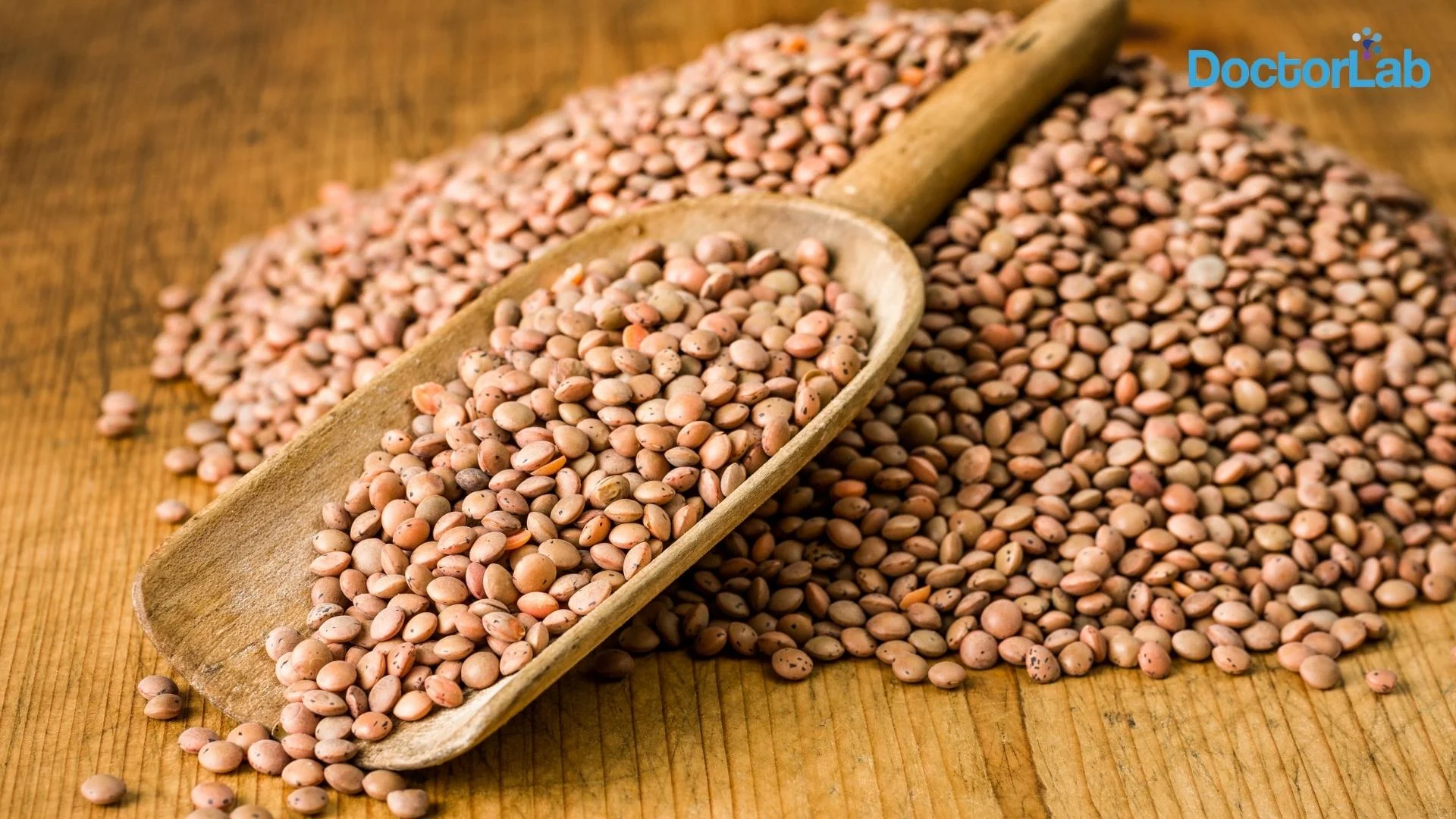
Lentils are a powerhouse of plant-based protein, offering about 18 grams of protein per cup when cooked. They are incredibly versatile and can be used in soups, stews, salads, and even as a meat substitute in dishes like lentil loaf or burgers. Lentils are also rich in fiber, iron, and folate, making them a nutrient-dense choice for any meal.
2. Chickpeas
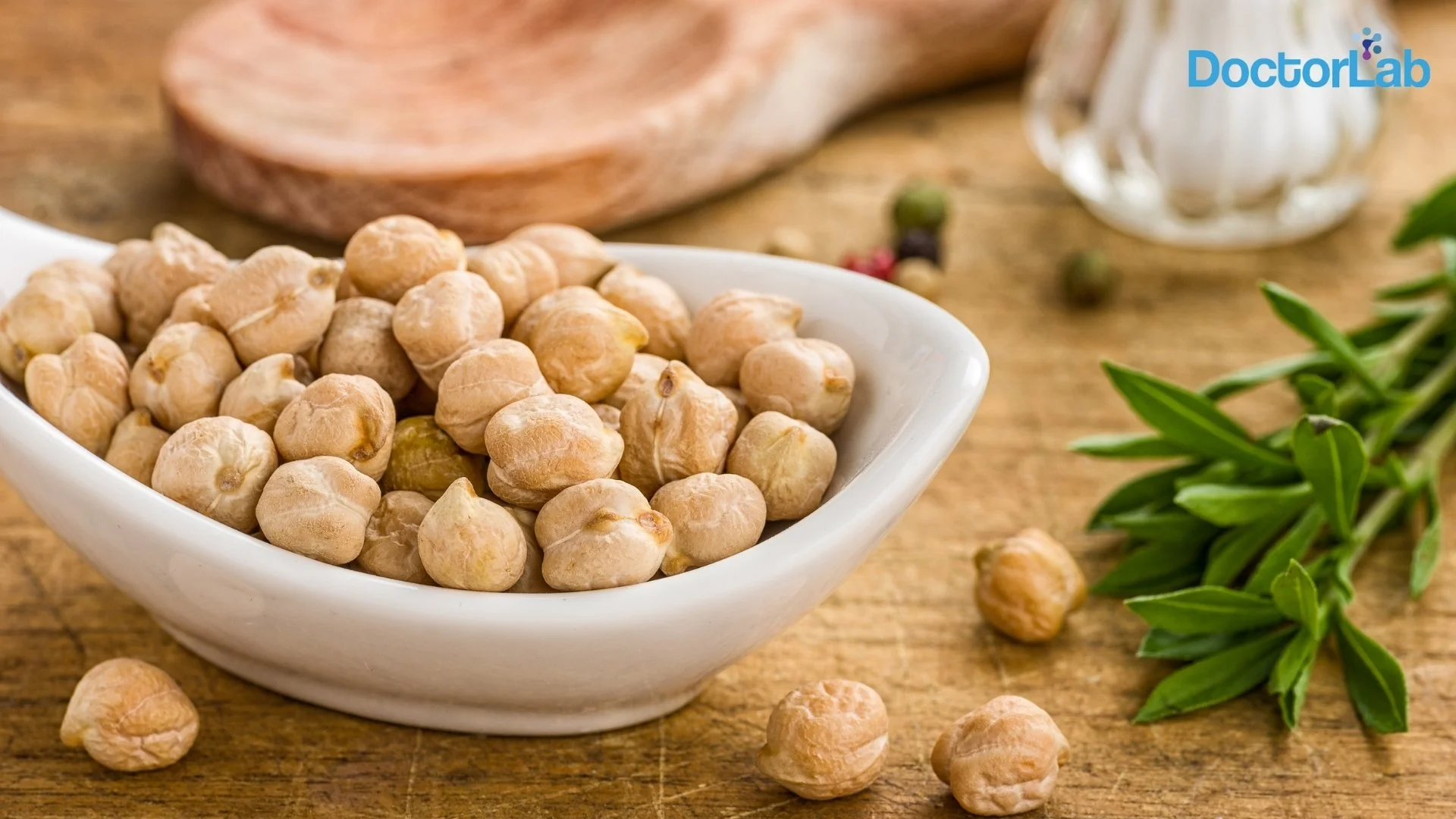
Chickpeas, or garbanzo beans, provide around 15 grams of protein per cooked cup. They are the main ingredient in popular dishes like hummus and falafel and can be roasted for a crunchy snack. Chickpeas are also high in fiber, which aids in digestion and helps maintain satiety.
3. Quinoa
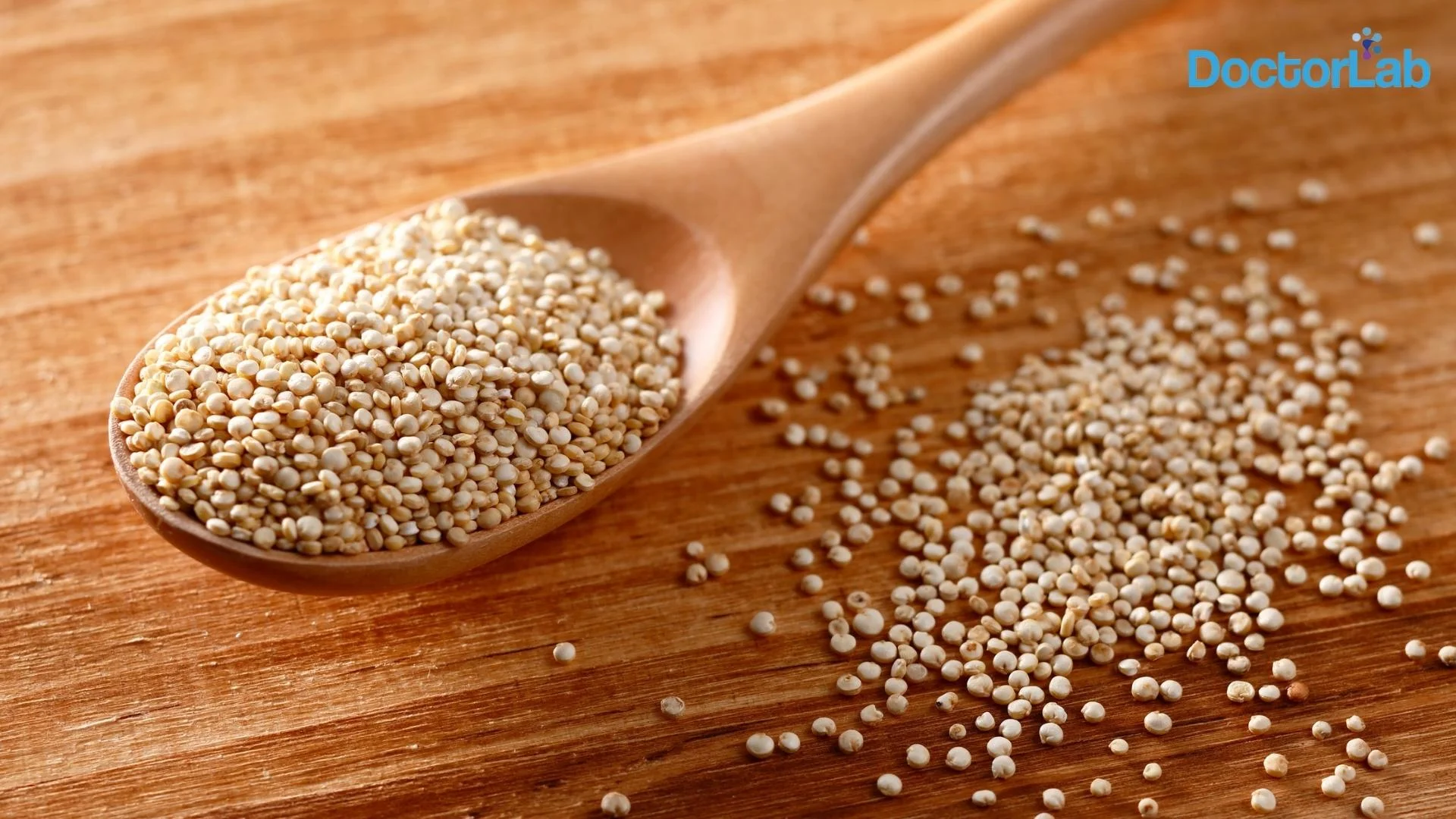
Quinoa is a complete protein, meaning it contains all nine essential amino acids. One cup of cooked quinoa has about 8 grams of protein. It’s a versatile grain that can be used in salads, bowls, or as a side dish. Additionally, quinoa is rich in magnesium, iron, and B vitamins.
4. Chia Seeds

Chia seeds may be small, but they pack a nutritional punch with 4 grams of protein per two tablespoons. They can be added to smoothies, yogurt, oatmeal, or used to make chia pudding. Chia seeds are also a great source of omega-3 fatty acids, fiber, and antioxidants.
5. Hemp Seeds
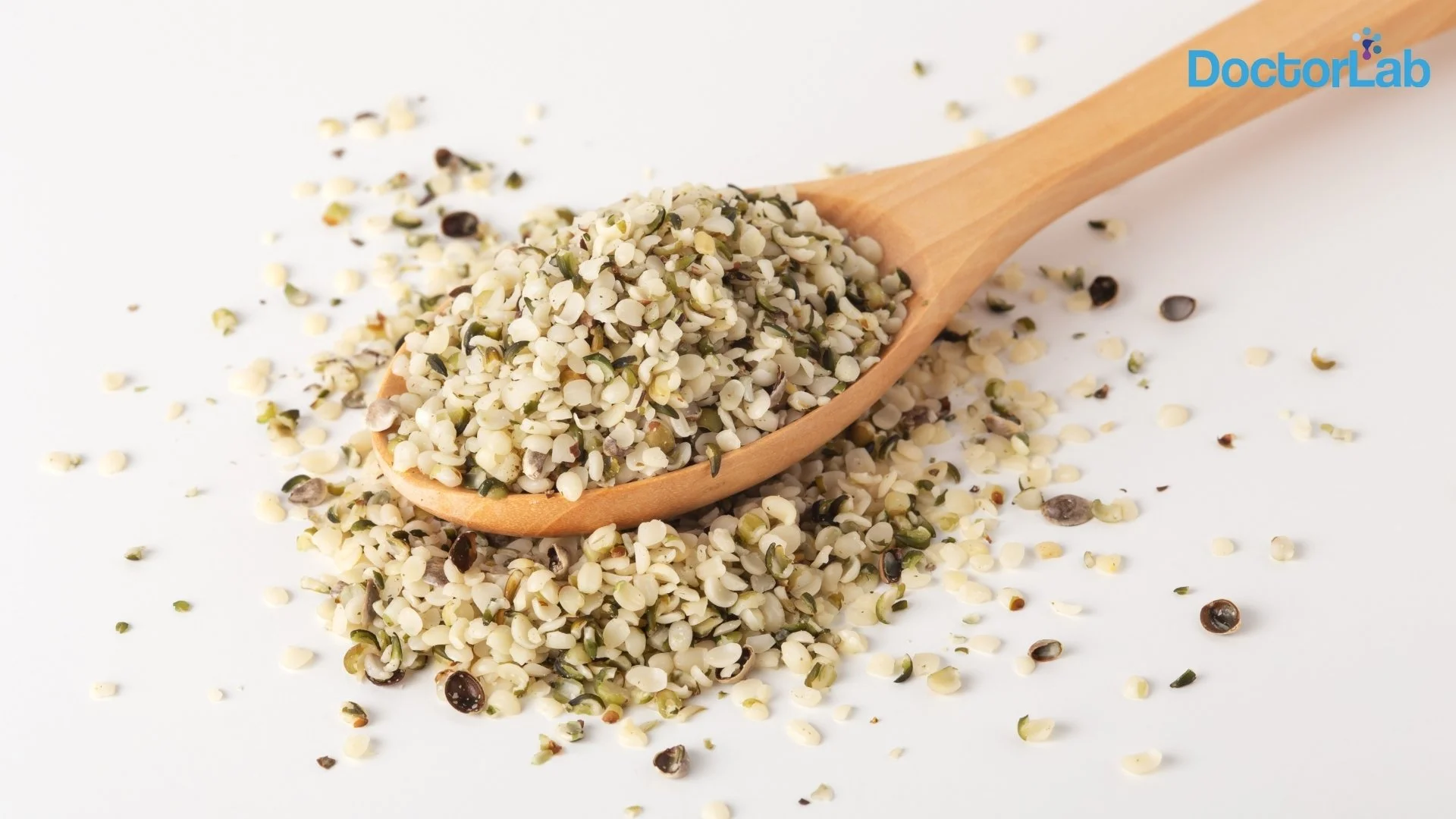
Hemp seeds provide an impressive 10 grams of protein per three tablespoons. They have a nutty flavor and can be sprinkled on salads, blended into smoothies, or incorporated into baked goods. Hemp seeds are also rich in healthy fats, including omega-3 and omega-6 fatty acids.
6. Black Beans
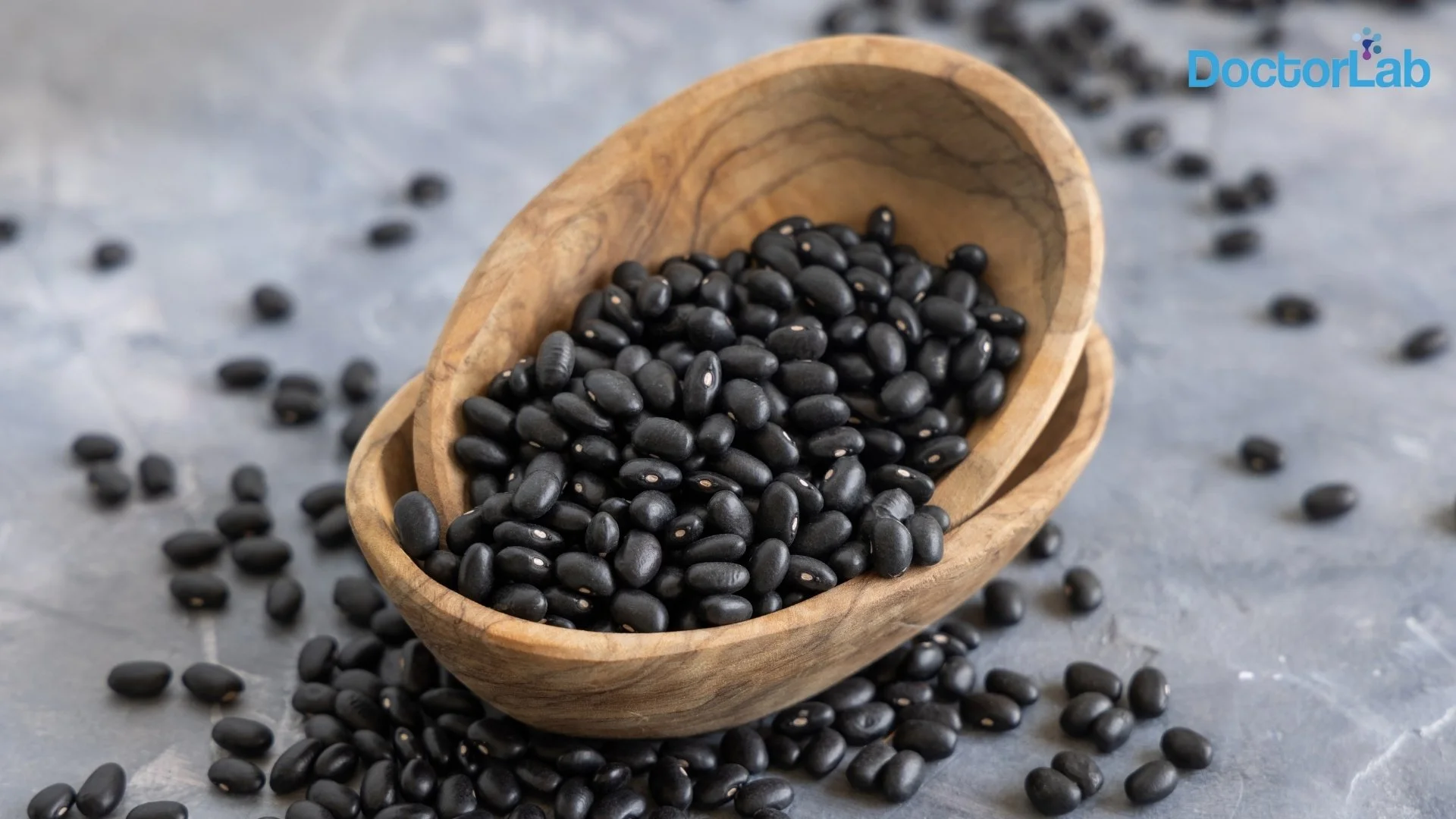
Black beans offer around 15 grams of protein per cooked cup. They are a staple in many cuisines and can be used in a variety of dishes, from soups and stews to tacos and burritos. Black beans are also high in fiber, potassium, and folate.
7. Edamame
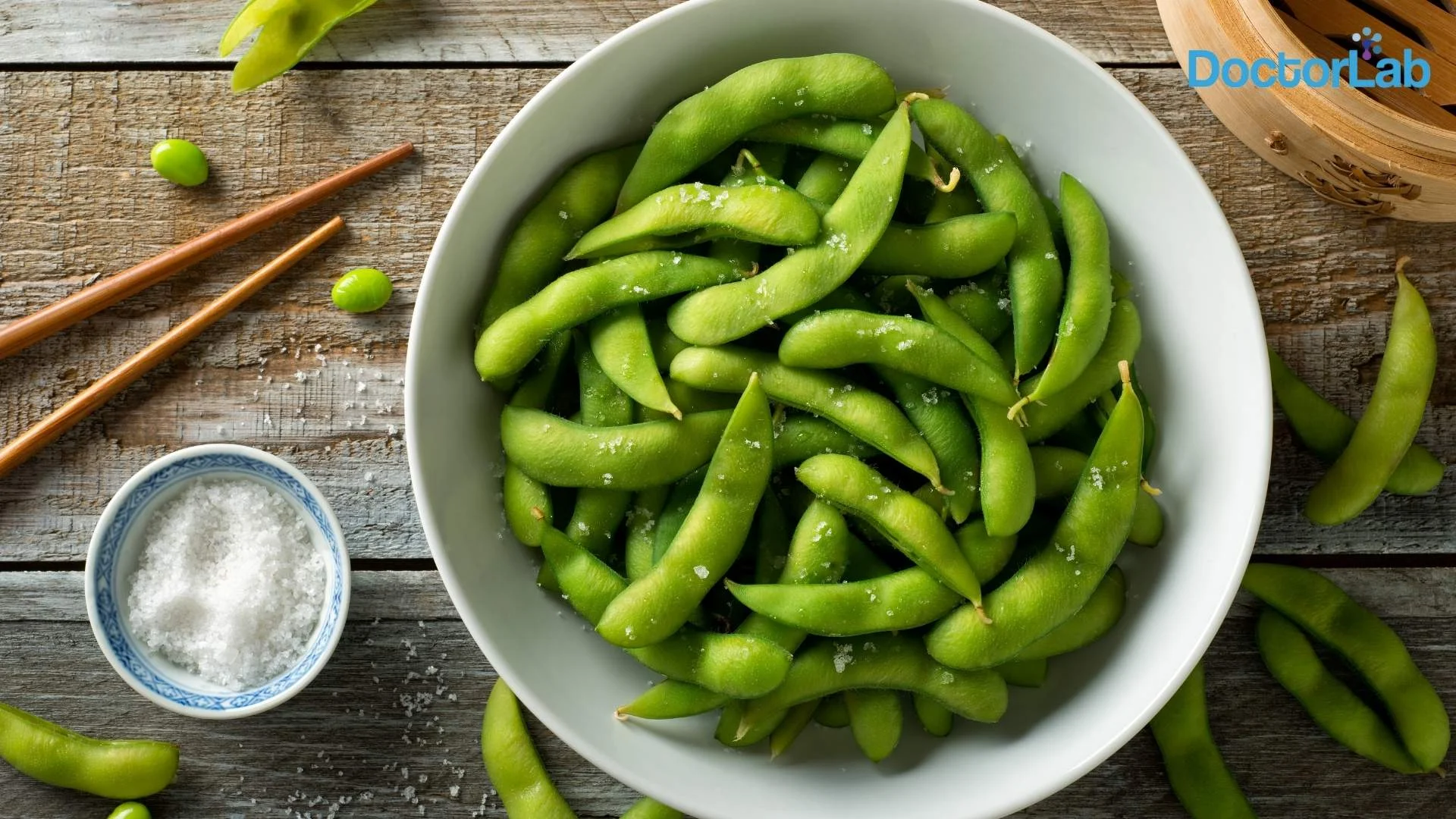
Edamame, or young soybeans, contain about 17 grams of protein per cooked cup. They can be enjoyed as a snack, added to salads, or used in stir-fries. Edamame is also a good source of fiber, vitamins, and minerals, including vitamin K and folate.
8. Almonds
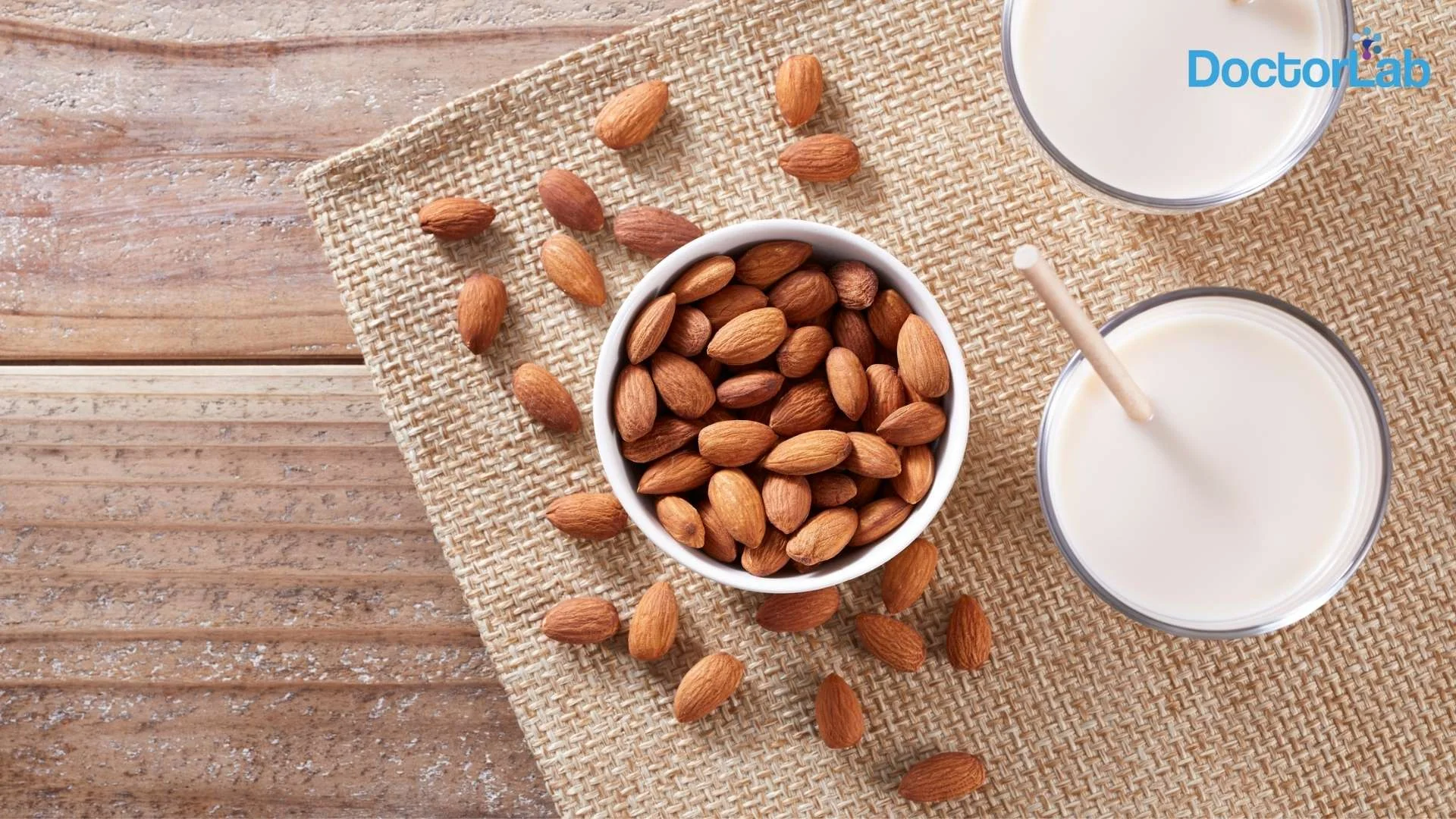
Almonds are a protein-rich nut that offers 6 grams of protein per ounce (about 23 almonds). They can be eaten on their own, added to trail mix, or used as a topping for yogurt and oatmeal. Almonds are also high in vitamin E, magnesium, and healthy fats.
9. Tofu
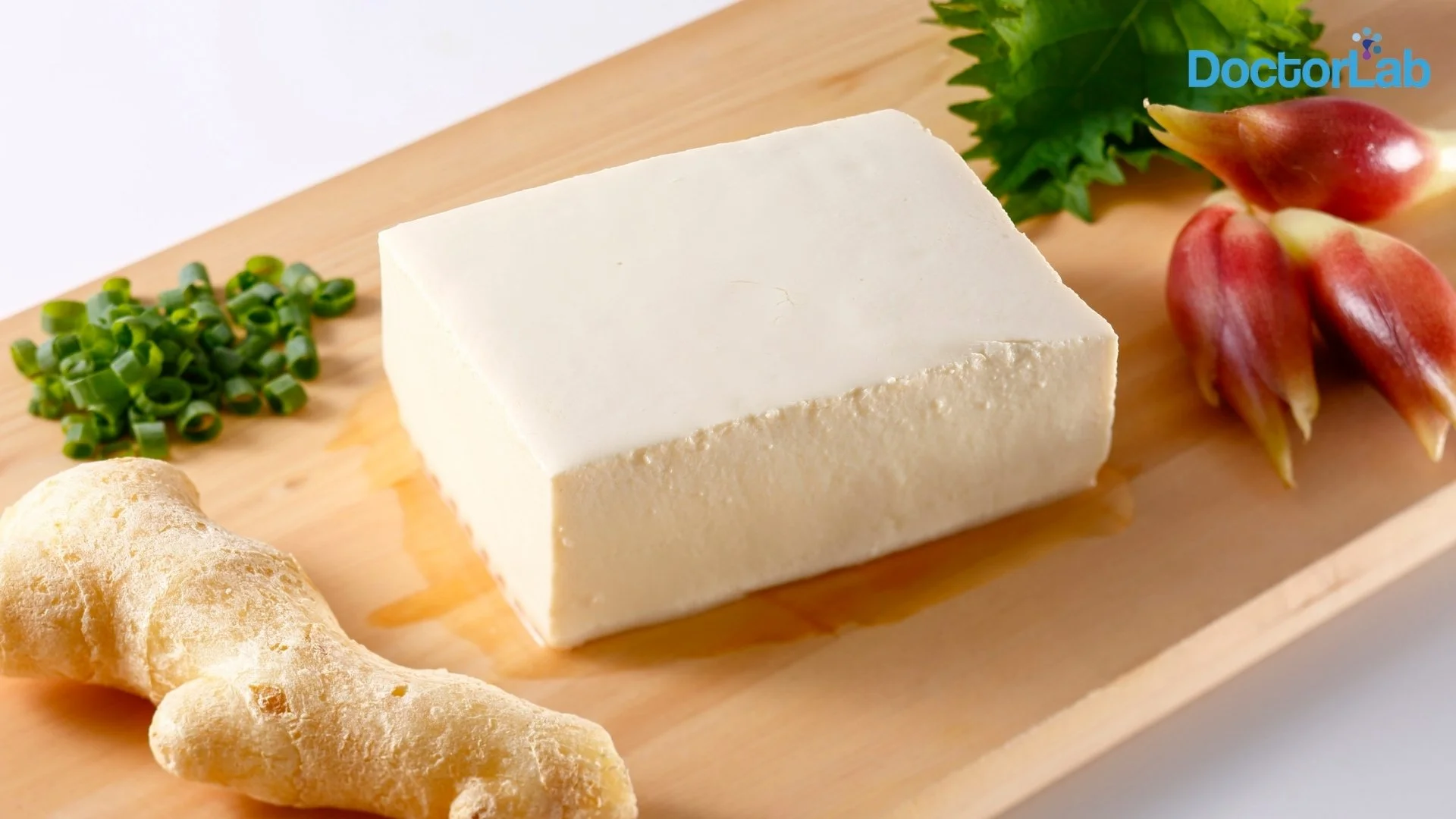
Tofu, made from soybeans, provides around 10 grams of protein per half-cup serving. It’s a versatile ingredient that can be marinated, grilled, stir-fried, or used in soups and salads. Tofu is also a good source of calcium, iron, and other essential nutrients.
10. Peas
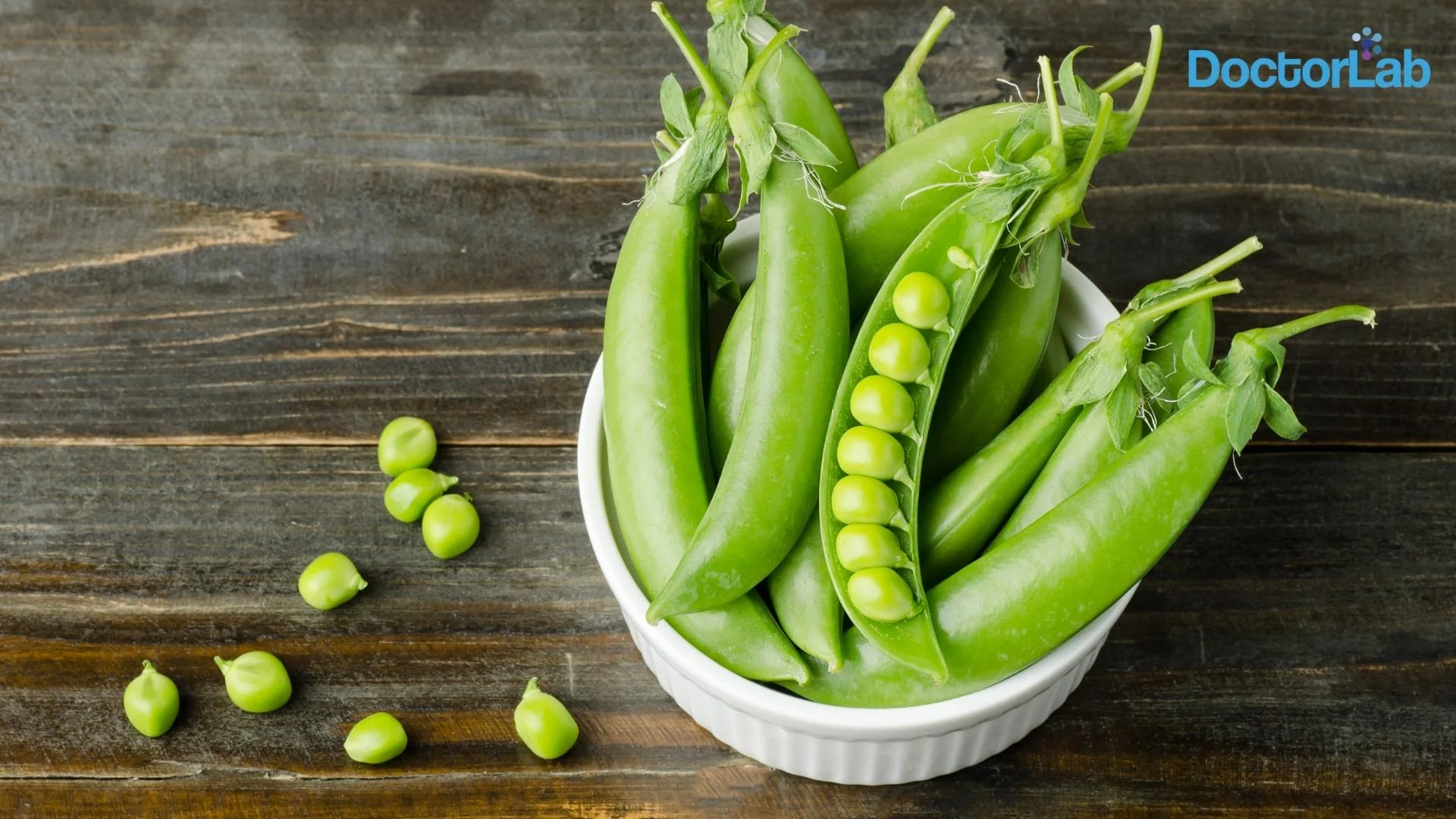
Peas offer about 8 grams of protein per cooked cup. They can be added to soups, stews, salads, or enjoyed as a side dish. Peas are also rich in fiber, vitamins, and minerals, including vitamin K and manganese.
How to Incorporate Plant-Based Protein into Your Diet
Incorporating plant-based protein into your diet can be seamless and enjoyable with a few simple strategies. One effective approach is to start by identifying plant-based protein sources that you already enjoy or are curious to try. For instance, if you love lentil soup or hummus, consider making these dishes more frequently while experimenting with new recipes that feature these ingredients. This gradual introduction allows you to explore the flavors and textures of plant-based proteins without feeling overwhelmed.
Another practical method is to substitute plant-based proteins for animal proteins in your favorite recipes. If you’re accustomed to having chicken in your salad, try replacing it with chickpeas or tofu. Instead of ground beef in your tacos, use black beans or lentils. These swaps can be both satisfying and nutritious, providing you with a variety of essential nutrients. Additionally, incorporating plant-based proteins into meals you already enjoy makes the transition smoother and more enjoyable.
Meal planning and preparation also play a crucial role in incorporating plant-based proteins into your diet. By planning your meals ahead of time, you can ensure that you have a balanced intake of protein throughout the week. Batch cooking and preparing ingredients in advance can save time and make it easier to include plant-based proteins in your daily meals. For example, cooking a big pot of quinoa or lentils at the beginning of the week can provide a quick and convenient protein source for salads, bowls, and side dishes. By being intentional with your meal planning, you can effortlessly integrate plant-based proteins into your diet and enjoy their numerous health benefits.
Comparing Plant-Based Protein to Animal Protein
When comparing plant-based protein to animal protein, several key differences and considerations come to light. One of the primary distinctions is the presence of essential amino acids. Animal proteins are typically complete proteins, meaning they contain all nine essential amino acids in adequate amounts. In contrast, many plant-based proteins are considered incomplete proteins, as they may lack one or more of these essential amino acids. However, this can be easily addressed by consuming a variety of plant-based protein sources throughout the day to ensure a complete amino acid profile.
Another significant difference between plant-based and animal proteins is their impact on health. Animal proteins often come with higher levels of saturated fats and cholesterol, which can contribute to heart disease and other health issues. In contrast, plant-based proteins are generally lower in unhealthy fats and higher in fiber, antioxidants, and other beneficial nutrients. This can lead to improved heart health, better digestion, and a reduced risk of chronic diseases. Additionally, plant-based diets have been associated with lower body weight and reduced inflammation, offering a range of health benefits that extend beyond protein intake.
Environmental considerations also play a crucial role in the comparison between plant-based and animal proteins. The production of animal protein requires significantly more resources, including water, land, and feed, and contributes to higher greenhouse gas emissions compared to plant-based protein production. By choosing plant-based proteins, individuals can reduce their environmental footprint and support more sustainable food systems. This shift not only benefits personal health but also promotes the well-being of the planet, making plant-based proteins an attractive and responsible choice for those looking to make a positive impact.
Common Myths About Plant-Based Protein Debunked
Despite the growing popularity of plant-based diets, several myths and misconceptions about plant-based protein persist. One common myth is that plant-based diets do not provide enough protein to meet daily requirements, especially for athletes or those with high protein needs. However, numerous studies have shown that a well-planned plant-based diet can provide adequate protein for all individuals, including athletes. By consuming a variety of protein-rich plant foods, such as legumes, nuts, seeds, and grains, it is entirely possible to meet and even exceed protein needs.
Another prevalent myth is that plant-based proteins are inferior because they are not complete proteins. While it is true that some plant proteins lack one or more essential amino acids, this does not mean they are nutritionally inadequate. The concept of protein combining, where different plant-based protein sources are consumed together to provide all essential amino acids, effectively addresses this concern. For example, eating rice and beans together creates a complete protein. Moreover, it is not necessary to combine proteins at every meal; consuming a variety of plant-based proteins throughout the day can ensure a balanced amino acid intake.
A third myth is that plant-based proteins are less satisfying or flavorful compared to animal proteins. This misconception often stems from unfamiliarity with plant-based foods and cooking methods. In reality, plant-based proteins can be incredibly delicious and satisfying when prepared creatively. From hearty lentil stews and spicy chickpea curries to creamy tofu scrambles and crunchy roasted nuts, the possibilities are endless. By experimenting with different recipes and seasonings, you can discover the rich flavors and textures that plant-based proteins have to offer, debunking the myth that they are bland or unsatisfying.
Plant-Based Protein Recipes for Every Meal
Incorporating plant-based protein into your daily meals can be both delicious and effortless with these versatile recipes.
Breakfast: Chia Seed Pudding
Start your day with a nutritious chia seed pudding. Combine 1/4 cup of chia seeds with 1 cup of almond milk, a tablespoon of maple syrup, and a splash of vanilla extract. Stir well and refrigerate overnight. In the morning, top with fresh berries, nuts, and a sprinkle of granola for a protein-packed breakfast that will keep you energized throughout the day.
Lunch: Quinoa and Black Bean Salad
For a hearty and satisfying lunch, try a quinoa and black bean salad. Cook 1 cup of quinoa according to package instructions and let it cool. In a large bowl, combine the cooked quinoa with 1 cup of black beans, 1 cup of corn, diced bell peppers, cherry tomatoes, and chopped cilantro. Dress with a mixture of lime juice, olive oil, cumin, and salt. This colorful salad is not only rich in protein but also bursting with flavor and nutrients.
Dinner: Lentil and Vegetable Stir-Fry
For a quick and easy dinner, prepare a lentil and vegetable stir-fry. Cook 1 cup of lentils until tender and set aside. In a large skillet, sauté chopped onions, garlic, and ginger in olive oil until fragrant. Add your favorite vegetables, such as bell peppers, broccoli, and snap peas, and cook until tender-crisp. Stir in the cooked lentils and season with soy sauce, sesame oil, and a dash of chili flakes. Serve over brown rice or noodles for a protein-rich, plant-based meal.
Snack: Roasted Chickpeas
Roasted chickpeas make a crunchy and satisfying snack. Drain and rinse a can of chickpeas, then pat dry. Toss with olive oil, smoked paprika, garlic powder, and salt. Spread the chickpeas on a baking sheet and roast at 400°F (200°C) for 25-30 minutes, stirring occasionally, until crispy. Enjoy these protein-packed snacks on their own or add them to salads for extra crunch.
Dessert: Almond Butter Energy Balls
For a sweet treat that’s also nutritious, try almond butter energy balls. In a food processor, combine 1 cup of rolled oats, 1/2 cup of almond butter, 1/4 cup of honey, and a handful of dark chocolate chips. Pulse until well combined. Roll the mixture into small balls and refrigerate for at least 30 minutes. These energy balls are perfect for a quick protein boost and are sure to satisfy your sweet tooth.
The Environmental Impact of Choosing Plant-Based Protein
Choosing plant-based protein over animal protein has significant positive impacts on the environment. One of the most notable benefits is the reduction in greenhouse gas emissions. Animal agriculture is a major contributor to methane and nitrous oxide emissions, both potent greenhouse gases. By opting for plant-based proteins, you can help decrease the demand for animal products, thereby reducing the overall emissions associated with food production. This shift is crucial for combating climate change and promoting a healthier planet.
Water usage is another critical environmental factor influenced by dietary choices. Animal farming requires vast amounts of water for livestock drinking, feed crop irrigation, and processing. In contrast, plant-based protein production generally uses significantly less water. For example, producing a pound of beef can require up to 1,800 gallons of water, whereas producing a pound of lentils takes only about 71 gallons. By incorporating more plant-based proteins into your diet, you can contribute to more sustainable water usage and help preserve this vital resource.
Land use and deforestation are also major concerns related to animal agriculture. Large areas of land are cleared for grazing and growing feed crops, leading to habitat destruction and loss of biodiversity. Plant-based protein sources, such as legumes, grains, and nuts, require less land and can often be grown more sustainably. This means that choosing plant-based proteins can help protect forests, support biodiversity, and promote healthier ecosystems. By making mindful food choices, you can play a part in reducing the environmental impact of agriculture and fostering a more sustainable future.
Tips for Transitioning to a Plant-Based Diet
Transitioning to a plant-based diet can be a rewarding journey with the right approach. One effective tip is to start gradually by incorporating more plant-based meals into your routine. You don’t have to go completely plant-based overnight; instead, begin by having one or two meatless days per week. This allows you to explore new recipes and become comfortable with plant-based cooking without feeling overwhelmed. Over time, you can increase the number of plant-based meals as you discover more foods and flavors that you enjoy.
Another helpful tip is to focus on whole foods and diverse ingredients. A well-rounded plant-based diet includes a variety of fruits, vegetables, grains, legumes, nuts, and seeds. By diversifying your food choices, you can ensure that you’re getting a wide range of essential nutrients. Experiment with different cuisines and cooking methods to keep your meals exciting and flavorful. For example, try making a Mediterranean-inspired chickpea salad, a spicy Thai tofu stir-fry, or a hearty Indian lentil curry. The more you explore, the easier it will be to find plant-based dishes that satisfy your taste buds.
Planning and preparation are also key to a successful transition. Meal planning can help you stay organized and ensure that you have all the ingredients you need for nutritious plant-based meals. Batch cooking and preparing staples like grains and legumes in advance can save time and make it easier to assemble meals during the week. Additionally, having healthy snacks on hand, such as nuts, seeds, and fresh fruit, can help you stay on track and avoid the temptation of less nutritious options. By being proactive and prepared, you can make the transition to a plant-based diet smooth and enjoyable.
Conclusion: Embracing a Healthier Lifestyle with Plant-Based Protein
Embracing a healthier lifestyle with plant-based protein is a decision that benefits both your body and the planet. From the diverse and delicious sources of plant-based protein to the myriad health benefits they offer, it’s clear that incorporating more plant-based foods into your diet is a wise choice. Whether you’re looking to improve heart health, manage weight, or simply enjoy a more sustainable way of eating, plant-based proteins provide a nutritious and satisfying solution.
By understanding the differences between plant-based and animal proteins, debunking common myths, and exploring creative recipes, you can confidently make the shift towards a more plant-focused diet. The environmental impact of choosing plant-based proteins further underscores the importance of this dietary change in promoting a sustainable future. With practical tips for transitioning and a variety of delicious recipes to try, you can embark on this journey with enthusiasm and ease.
Ultimately, embracing plant-based protein is about more than just food; it’s about making conscious choices that support overall well-being and environmental stewardship. As you discover the vibrant world of plant-based eating, you’ll find that it’s not only possible but also enjoyable to fuel your body with the goodness of plants. So, take the first step today and unlock the power of plant-based protein to fuel your healthy lifestyle.
If you’re interested in starting your own plant-based protein brand through ODM, White Label, or Private Label services, you can contact Doctor Lab for a free consultation — completely free of charge. You can also learn more about our supplement manufacturing services at Plant-Based Protein Manufacturing by Doctor Lab.

